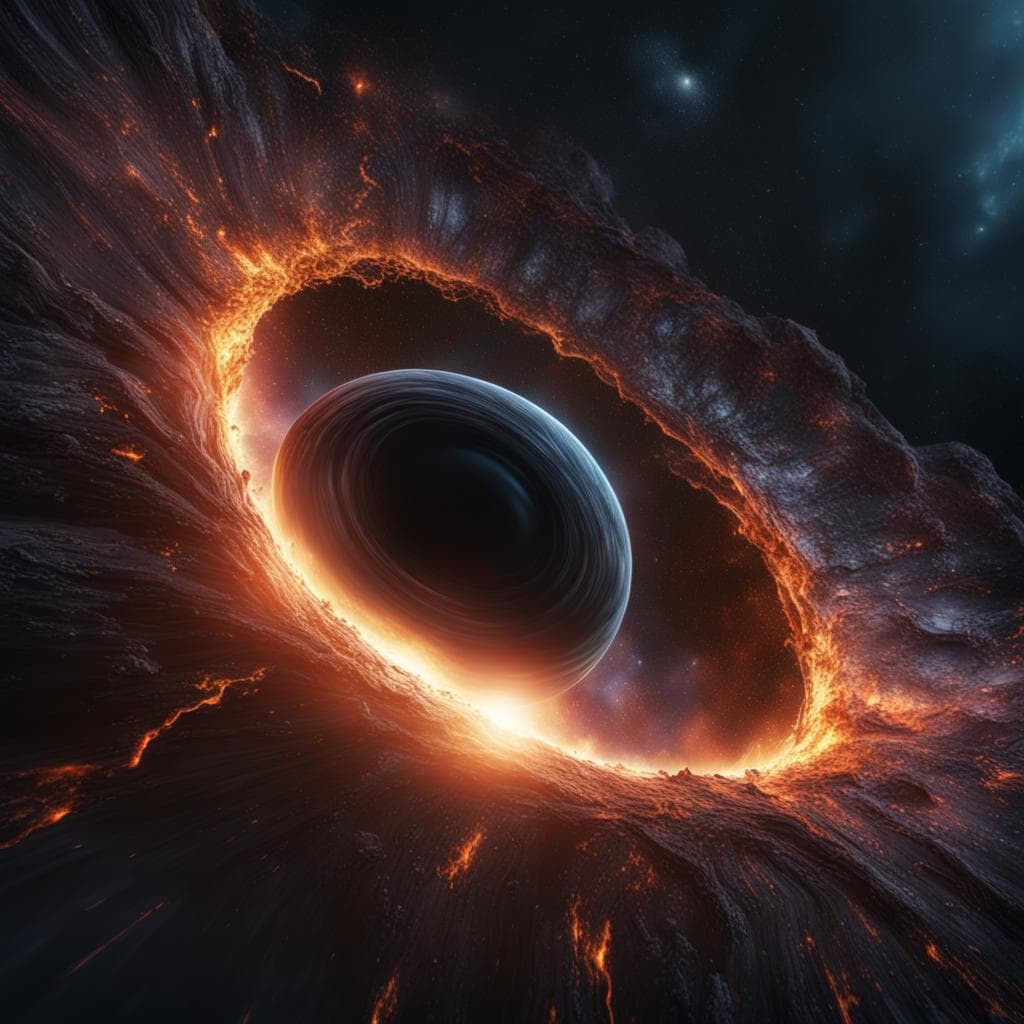Unveiling the Mysteries: A Beginner's Guide to Black Holes
Black holes are among the most mysterious and enthralling phenomena in the universe. Although their concept might seem abstract and complex, with a step-by-step approach, we can uncover the basic principles that govern these cosmic entities. This guide aims to take you on an enlightening journey through the intriguing world of black holes, making the complex simple.
The Birth of Black Holes
The journey of a black hole begins with the death of a massive star. When a star exhausts its nuclear fuel, it can no longer support itself against the force of gravity pulling it inward. This section explores the life cycle of stars and how some of them evolve into black holes. We will delve into the processes of stellar evolution, supernova explosions, and the conditions under which a collapsing star becomes a black hole.
The Anatomy of Black Holes
A black hole is not just a point in space; it has a structure with distinct parts, each with its peculiar characteristics. This section will introduce you to the event horizon, the point of no return, and the singularity, where the laws of physics as we know them cease to operate. We will also touch upon the different types of black holes, from stellar black holes to supermassive black holes residing at the centers of galaxies.
The Effects of Black Holes on Their Surroundings
Black holes might seem like cosmic vacuum cleaners, but they play a crucial role in the cosmos. They can regulate the growth of galaxies and influence the movement of stars and gas around them. In this section, we'll explore how black holes interact with their environment, the phenomena of accretion disks, jets, and the effects they have on nearby matter and energy.
Observing Black Holes
Even though black holes are invisible by nature, scientists have developed ingenious methods to observe and study them. This section sheds light on how astronomers detect black holes through their interactions with nearby matter and the use of various types of telescopes and instruments. We'll also delve into some groundbreaking discoveries, like the first image of a black hole's shadow and the detection of gravitational waves from colliding black holes.
Theoretical Aspects and Future Exploration
The realm of black holes sits at the crossroads of classical and quantum physics. The gravitational effects surrounding black holes are described by Einstein's theory of General Relativity, while at the singularity, quantum mechanics comes into play. One of the most intriguing aspects surrounding black holes is the Information Paradox, which challenges the fundamental tenets of physics. As matter falls into a black hole, it's believed that the information about its state is lost to the universe, contradicting the principles of quantum mechanics that stipulate information can never be lost.
Conclusion
We've skimmed the surface of the enigmatic world of black holes, shedding light on their birth, structure, and the captivating phenomena surrounding them. The cosmic dance between black holes and the universe is a complex, yet enthralling narrative that continues to captivate the curious minds. As we venture further into the realms of astronomy and physics, there's much more to explore. Stay tuned as we delve deeper into the abyss, uncovering more mysteries and gaining a profound understanding of black holes in our upcoming discussions. Your voyage into the heart of cosmic darkness has just begun.
